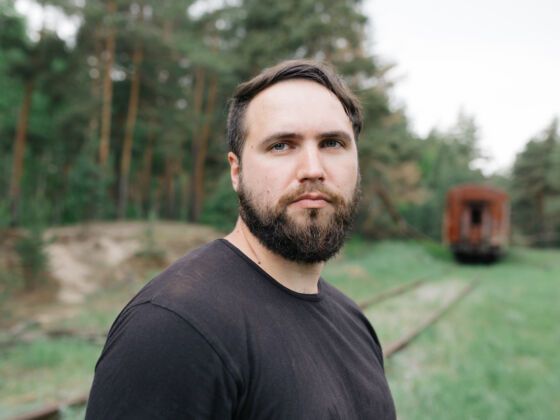Preach to us about environmentalism.
This comes with a warning label. While we Alaskans care a great deal about our environment, we collectively resent — with a vengeance — anyone coming in from out-of-state and telling us how to protect the sanctity of our pristine nature. We do an excellent job of it on our own and chances are, our air, our water and our dirt are all cleaner than what you’ve got where you came from. So, do what’s best for all of us in this situation and don’t mention it — ever.
Oh, and thanks but no thanks for your concern. We really don’t need your input on climate change. We know the glaciers are melting — they have been for decades, how nice of you to notice. We also don’t need help finding where to drill for oil or oversight on how to allocate ANWR and Pebble for development. We can handle it just fine from our end. Do yourself and us a huge favor and go be environmental someplace else.
